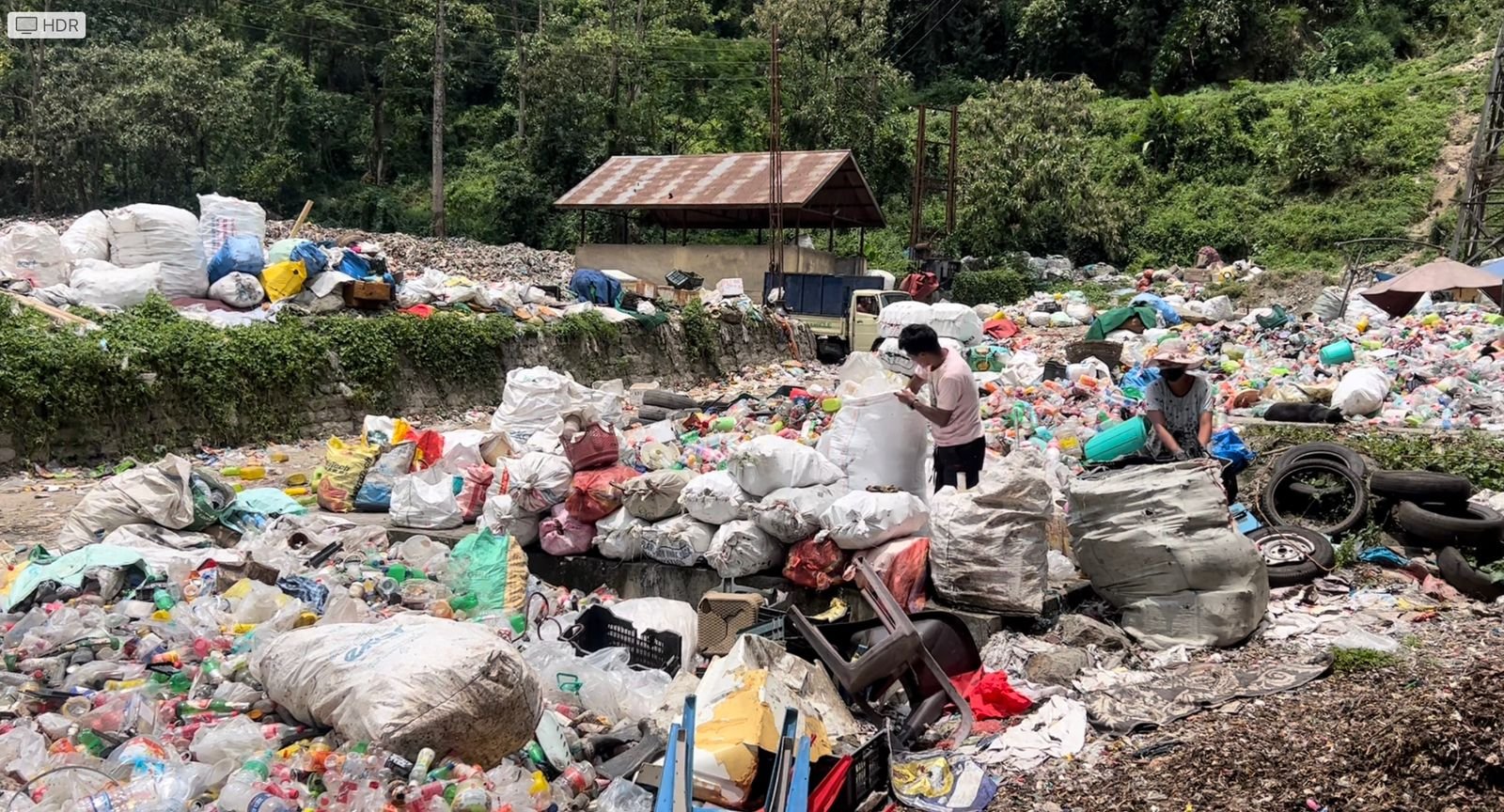Plastic waste generation has reached staggering levels globally, with billions of metric tons produced each year. The exact amount of plastic waste generated varies by region and country, but it poses a significant environmental concern. Unfortunately, not all plastic waste is being recycled. In fact, the recycling rate for plastic is relatively low compared to other materials. According to estimates, only a fraction of plastic waste, roughly 9% worldwide, is recycled.
The majority of plastic waste often ends up in landfills, incinerated, or improperly disposed of, leading to environmental pollution and long-term consequences. The challenges in plastic recycling include the complexity of sorting and processing different types of plastic, the lack of efficient recycling infrastructure in many areas, and issues related to contamination and mixed plastic waste. Addressing these challenges and improving recycling systems are crucial steps toward reducing plastic waste and mitigating its environmental impact. Efforts are being made by governments, industries, and communities to increase recycling rates and implement sustainable waste management practices, but there is still a long way to go in achieving a circular economy for plastic.
In 2018, Sikkim Zero Waste Himalaya initiated “The Himalayan Clean Up” to reduce the impact of waste and plastic pollution in the Himalayan region. The project involves organizing clean-up drives and awareness campaigns to promote responsible waste management practices among local communities and tourists. This initiative will also organize a drive in all the Himalayan states where volunteers, institutions, and NGOs will come together to spread awareness and conduct a cleanliness drive. According to the Brand Audit carried out by the “Himalayan Cleanup” team across the Himalayan states, including Sikkim, the top polluting companies in the region are PepsiCo, Chaudhary Group, Nestle, Coca-Cola, Perfetti, ITC Group, Parle Agro, Nestle, Unilever, Mondelez, and Dabur. These companies sell their products to the consumers.”
“The Himalayan Clean Up” aims not only to clean up existing waste but also to prevent the generation of new waste. The goal is to create a cleaner and more sustainable environment in the Himalayan region.
Priyadarshani Shrestha, a core member of Zero Waste Himalaya, emphasizes the one-way traffic for plastics into the mountains. She points out that only 9% of the 8.3 billion tons of plastic produced worldwide is recycled. Shrestha states, “Himalayan clean-up will act as a wake-up call for the citizens and encourage them to question and be aware of where the plastic is being dumped.” She also highlights questions that need to be asked to the large companies producing plastic in the state, emphasizing the exploitation of fossil fuels, production of carbon dioxide, and the pollution caused by plastic. She adds, “If you know a company is polluting the environment, as a citizen of this region, you should be able to say, ‘I am not going to have your product because you are doing nothing for your waste. First, you are feeding us junk, and second, you are not taking any initiative to pick up your plastic.
“There is a false belief embedded in the minds of consumers. After consuming a packaged product, we believe that our job is done by disposing of it into garbage bins. But in reality, it is a convenient lie manipulated by manufacturers who print images on the packaging that send the message ‘Throw the plastic away after use.’ However, there is no such thing as ‘away.’ When we throw something, it has to go.” She added
However, the Himalayan states are left out because it is much more expensive and inconvenient for companies to take back their waste from places like Gangtok or Darjeeling compared to cities like Delhi or Kolkata. It is important to ensure that regulations are implemented in the mountain states, considering their ecological fragility, role as water towers for the rest of the country, and biological diversity.
The Himalayan clean-up will also investigate its data and ensure that Extended Producer Responsibility (EPR) is regulated in the mountains as well. Additionally, there is a lack of awareness and curiosity among consumers to check the various ingredients and their percentages. The lack of transparency regarding these ingredients on packaging should be questioned and addressed as an issue. As individuals, it is necessary to be aware and take action against pollution.
By Lakshashree Pradhan. The author is a student of Department of Mass Communication, Symbiosis Centre, Pune. She can be contacted at pradhanlakshashree@gamil.com

